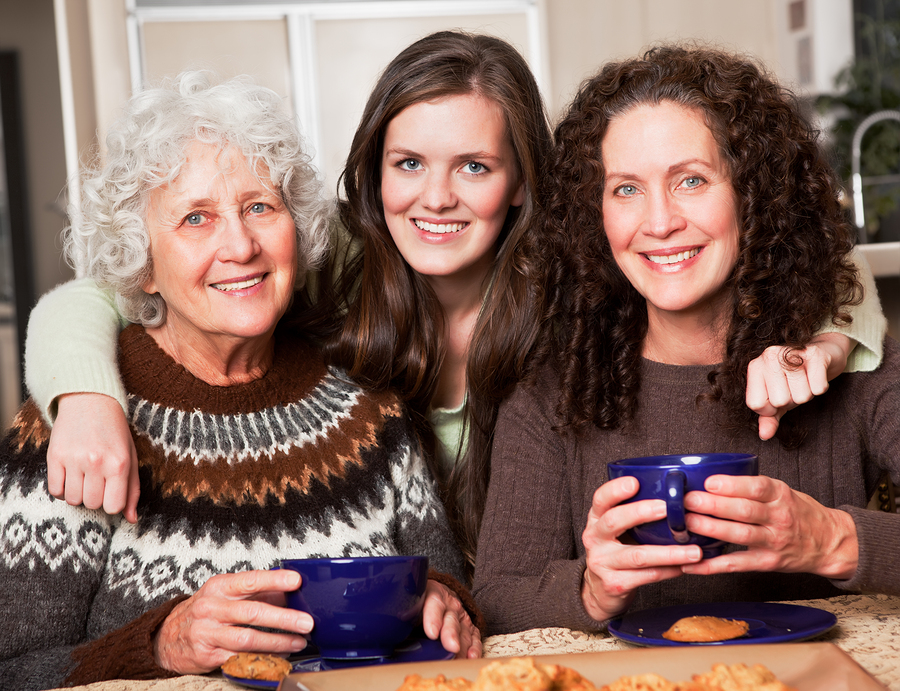
At our clinic, we start by applying evidence-based theory and modern techniques such as electro-stimulation and intramuscular stimulation (IMS) to address whatever physical tightness, aches and pains a person may have. This is the medical acupuncture that we do, that physiotherapists do, and other medically trained therapists do. But the treatments would be lacking and miss an important opportunity if we just stopped there.
Acupuncture in its full scope of practice can be more than pain relief; it can have subtle yet important influences on other dimensions of function that indirectly affect pain and healing. The holistic nature of traditional acupuncture requires us to identify and address key factors underlying pain or physical problems of the body. With this traditional approach, it is important for the acupuncturist to consider a client’s constitution and energy dynamics in order to choose traditional acupuncture points to enhance “vitality” and healing.
Vitality is the state of being strong and healthy and active. According to the Oxford dictionary, vitality is described as “the power, present in all living things, that gives continuance of life”. In traditional oriental medicine, the concept of vitality is woven through virtually all aspects of treatment plans, and is described as “the three treasures” – Jing, Qi, and Shen.
Jing is a person’s “essence” and is seen as our inherited genes and the basis of growth, development, and reproduction. Jing can be modified by the environment, diet, and lifestyle. Qi is the “vital energy” or “life force” that keeps the body strong, functional, mobile, and healthy. And Shen is the “spirit” or “mind”- responsible for thinking, feeling, planning, and presence. Each one plays an integral role in one’s overall health and wellbeing, and traditional acupuncture supports all three of these perspectives.
How do we know traditional acupuncture works? A growing body of scientific research gives insight into why the best traditional acupuncture points indeed do support vitality; some work through the vagus nerve (of the parasympathetic nervous system – responsible for “rest and digest”) and some are associated with deactivating (calming) the stress brain (sympathetic nervous system – responsible for “flight or fight”). So these vitality acupuncture points – usually on the arms and legs – work by shifting the body’s resources and energies away from the stress mode, allowing healing through a deep relaxation. Traditional acupuncture then goes beyond just treating the main symptoms of pain; it protects and supports the “three treasures” of vitality.
By supporting the foundations of healing and health using acupuncture for vitality, we set the stage to improve the effectiveness of medical acupuncture techniques like IMS or electro-stimulation. This holistic perspective of traditional acupuncture results in better overall recovery and progress for our clients.




